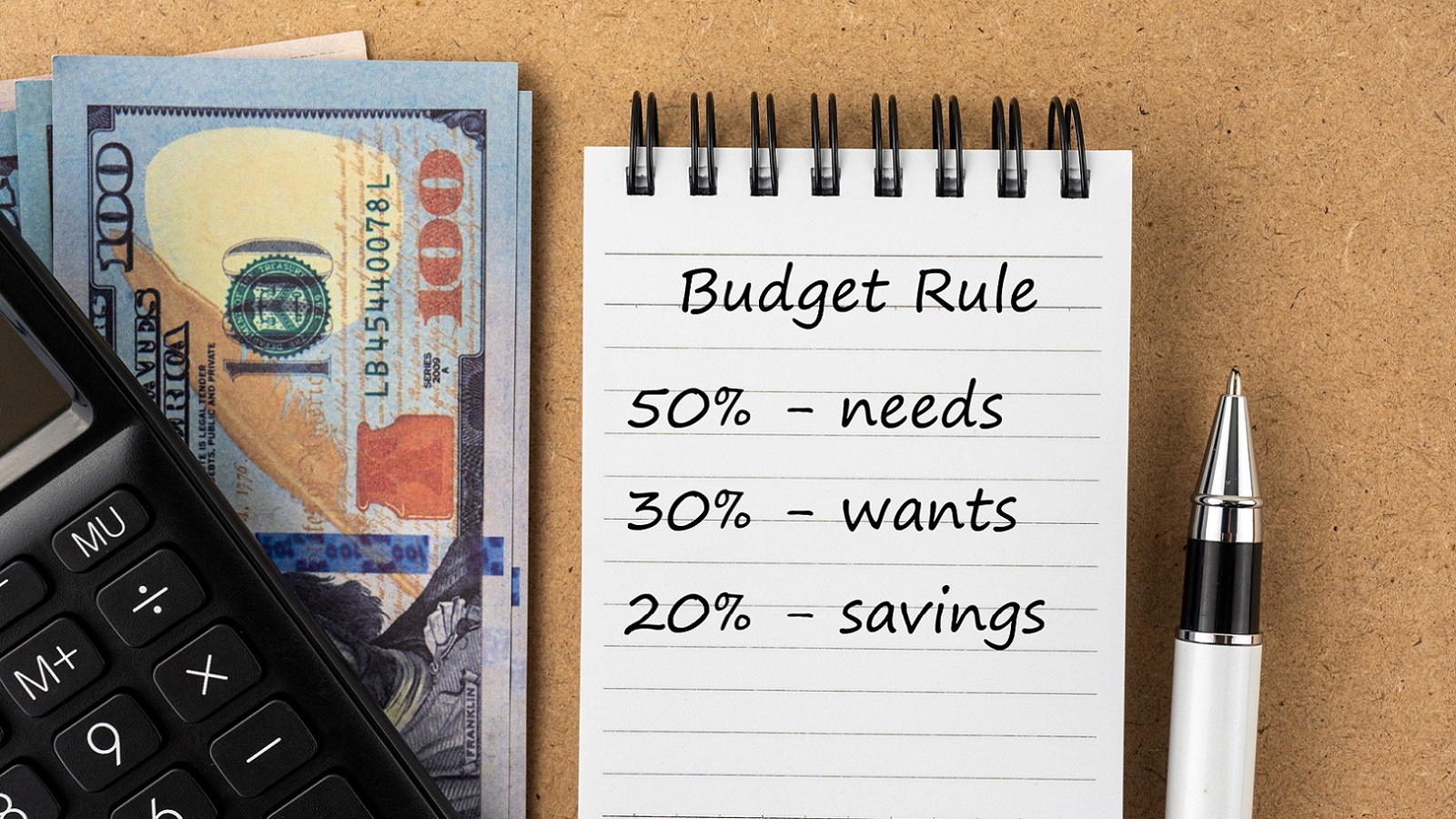
Looking for a straightforward budget that helps you save money and more effectively manage your finances? Consider the 50-30-20 budget rule. Created by U.S. Senator Elizabeth Warren in her book All Your Worth: The Ultimate Lifetime Money Plan, the 50-30-20 rule has been a gold standard for budgeting since 2006. This budgeting tactic can be a great first step for anyone looking to better manage their money, as it keeps things simple while helping you prioritize saving and paying off debt.
One major benefit of this plan is its flexibility. The rule can be adapted to best fit your household's particular needs. In fact, you may find that the 60/30/10 method may be a better fit for your household, given elevated costs on everything from housing to groceries.
The main takeaway of the 50-30-20 rule is that it helps you determine exactly where your money is going each month, which in turn helps you make changes in your spending. Here's what you need to know about the 50-30-20 budget rule.
What is the 50-30-20 budget rule?
The 50-30-20 rule is a form of budgeting that splits your monthly, after-tax income into three major categories: necessities, wants and savings.
50% — necessities
When following the 50-30-20 budget, you'll start by allocating 50% of your income towards necessities. These are expenses that you just can't avoid, such as:
- Housing
- Utility bills
- Food
- Transportation
- Child care
- Insurance (car, home, life)
30% — wants
Let's face it, life would be miserable if you didn't have a few splurges every once in a while. Luckily, with the 50-30-20 budget, you'll allocate 30% of your take-home income towards wants. This category obviously includes all non-essential purchases, such as:
- Subscription streaming services, such as HBO Max or ESPN Plus
- Vacations
- Dining out
- Theatre, concerts, sports matches
- Leisure goods, luxury household items, apparel
20% — savings
Finally, the remaining 20% of your income should be put in savings, whether it's longer-term savings, like your retirement account, or for more short-term savings needs e.g. a rainy day fund, or to pay off any debt you have. While this section makes up the smallest portion of your overall income, it's the most important.
When adhering to the 50-30-20 rule, consider interest rates on any debt you may have. If interest rates on that debt are high, it's recommended to put all 20% towards paying off that particular debt. However, if the interest rates on your debt are fairly low, consider putting 10% towards savings and using the remaining 10% to make payments against debt.
In fact, you can search for the best savings rates below by using our tool, in partnership with Bankrate. Find the best rates from banks and credit unions that are FDIC or NCUA insured.
Example of a 50-30-20 budget
Here’s an example of budgeting using the 50-30-20 rule.
If you bring home $5,000 after-tax each month, according to the rule you'd split your income as follows:
- $2,500: 50% of your income, is allocated towards necessities — rent, utilities and groceries.
- $1,500: 30% of your income, is allocated towards things you want, whether it’s the latest iPhone or a fresh outfit.
-
$1,000: 20% of your income, is set aside for saving or for paying off debts.
If you have low-interest debt, you might consider putting 10% ($500) towards an emergency fund and another 10% towards a personal loan.
The 60/30/10 rule
A flexible alternative to the traditional 50/30/20 rule is the 60/30/10 rule, which allocates 60% for essential expenses, 30% for discretionary spending and the final 10% for savings or paying down debt. This new model works better for a growing number of individuals who spend a higher portion of their monthly income on necessities.
And that number is growing. The number of cost-burdened (when a household has a cost ratio of over 30%) renter-occupied households was 20.1 million in 2021, according to the U.S. Census Bureau. That marks an increase of around 1 million households since 2019. Approximately 31% of all households are spending 30% or more of their income on housing alone, according to USAFacts.
However, since only 10% is budgeted towards savings or paying down debt with this rule, individuals should be more mindful of their discretionary spending, looking for additional savings opportunities where they can.
Bottom line on the 50-30-20 rule
Overall, the 50-30-20 rule is a simple guideline for budgeting. However, it may not be the right fit for everyone’s financial situation. For example, you may have a lot of expenses each month that take up more than 50% of your monthly income, leaving little to allocate towards wants or savings. On the other hand, it can be a useful framework for individuals who prefer a structured, straightforward approach to budgeting.






